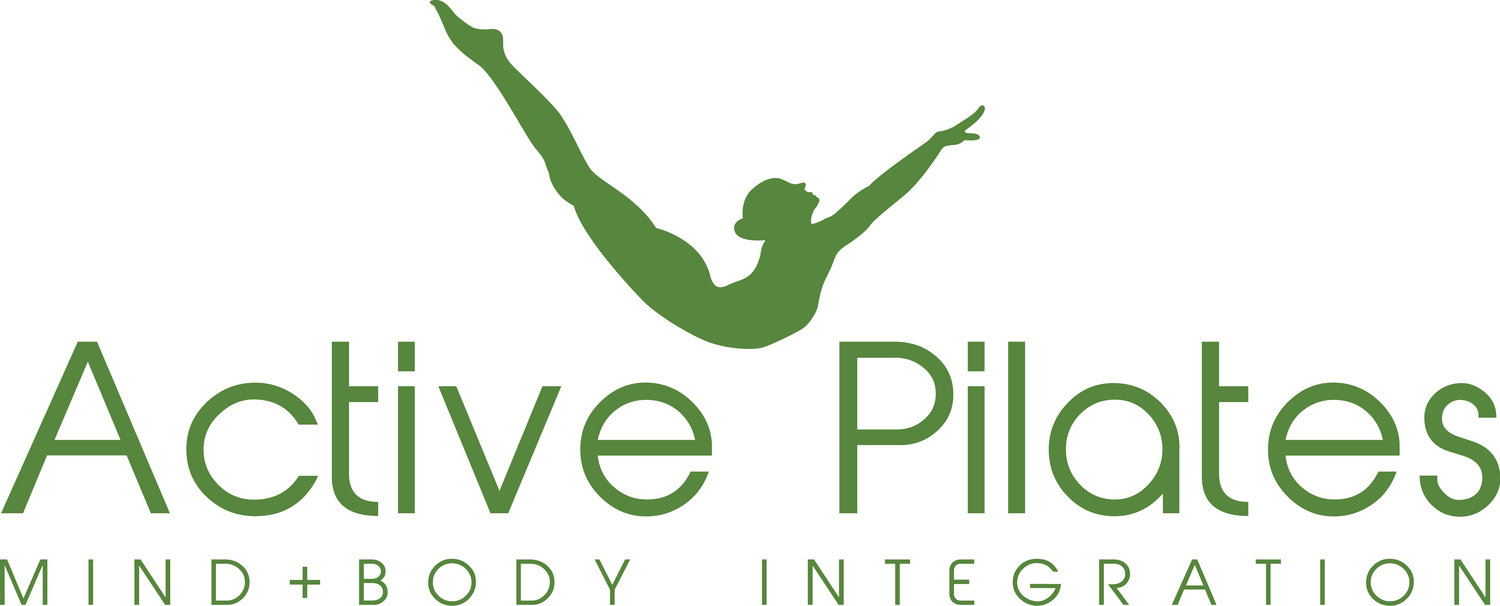Can Pilates help with conditions like arthritis, osteoporosis and during pregnancy?
I’m often asked if there are certain physical conditions that mean people should avoid Pilates exercises?
Naturally, if you’re not feeling well, it may be a good idea to ‘chill’ and let your body rest and recover. But in other cases, especially where people are experiencing chronic pain, exercise is exactly what the body needs.
Pregnancy is another time when women worry about doing the ‘right kind of exercise’ for their body. Pilates, done the right way, can be the perfect, low-impact exercise because it supports and strengthens your whole body.
Pilates for arthritis
Arthritis is a chronic condition that affects 1 in 6 Australians (that’s around 4 million people). There are different types and causes of arthritis. Commonly the joint inflammation associated with arthritis can be very painful. It often affects wrists, neck, hips and knees.
Arthritis Australia advises that increasing circulation and mobility, plus strength training, are key to relieving the painful symptoms of arthritis. Muscles often tense-up when people have arthritis. Poor body alignment can also strain inflamed joints.
Warm-up movements are important when you start your exercise routine.
Gentle mat-based Pilates exercises will help your body move more easily. As your joints get moving and your muscles strengthen, your body should cope better with your condition.
To help mobilise stiff joints, it’s better to do a few controlled exercises regularly.
Controlled breathing is also an important aspect of Pilates and another part of the relaxation process for arthritis sufferers.
Pilates for osteoporosis
Osteoporosis is a degenerative condition that affects many women after menopause. A drop in oestrogen levels cause a weakening of the bones and an increased likelihood that they may break or fracture. Men are also affected by osteoporosis, but their decline in bone density is more gradual.
According to Osteoporosis Australia, osteoporosis affects around 1.2 million Australians. A further 6.3 million people have weakened bone strength.
Diet, hormonal changes and hereditary factors contribute to the condition. But the amount of exercise a person does has a huge impact on the likelihood of a person developing the disease.
In particular, weight-bearing exercise and progressive resistance training can have a significant impact on improving bone health.
Pilates is an ideal exercise for preventing osteoporosis and for maintaining a person’s strength if they already have the disease. Certain weight-bearing exercises can help improve the body’s postural support of your spine, help build muscle and bone strength, and prevent the disease or reduce its effects.
Pilates during pregnancy
Your body goes through many changes during pregnancy. But, provided you’ve got the go-ahead from your doctor (and you don’t overdo it), Pilates will help you stay flexible and strengthen your body for the extra work it has to do in carrying your bub.
During pregnancy, your body produces extra quantities of the aptly named hormone relaxin. This hormone loosens up the ligaments around your joints to accommodate your growing baby. But this can cause discomfort and means that you can hurt yourself more easily.
As your pregnancy progresses and the weight of your baby grows, you need to be especially careful not to strain your abdominal muscles.
We recommend a series of controlled movements to keep your spine strong and flexible and strengthen your pelvic floor and abdominal muscles, which also get a workout during pregnancy.
We also advise women to avoid doing exercises that involve lying on your back during the second and third trimester. This can restrict the flow of blood to your baby.
It’s also advisable to avoid inversions during pregnancy to avoid overstretching already loose ligaments. It’s also a good idea to limit forward flexion (crunches), which will in any case be difficult as your tummy grows.
Keeping up Pilates exercises during your pregnancy usually means your body will ‘bounce back’ more readily following the birth.
It’s important to get the right guidance
In all cases, it’s crucial that you speak to a qualified Pilates instructor about the right way to perform your exercises. They will give you guidance on any modifications you’ll need to make to ‘standard’ Pilates exercises to suit your individual needs.
For more advice, get in touch with us at Active Pilates.


